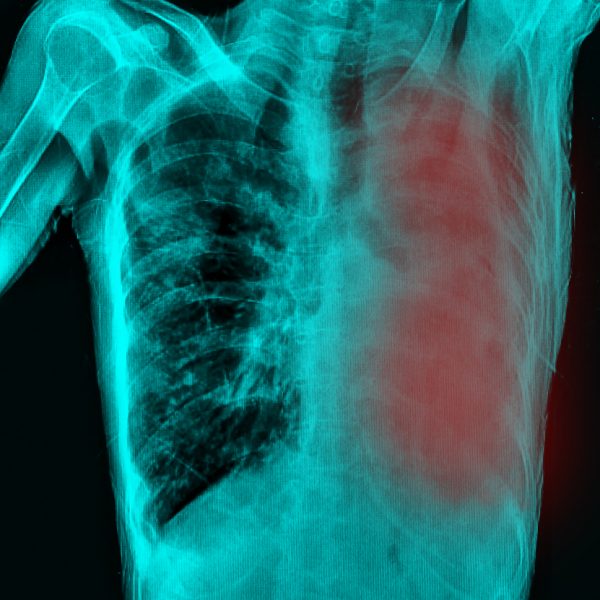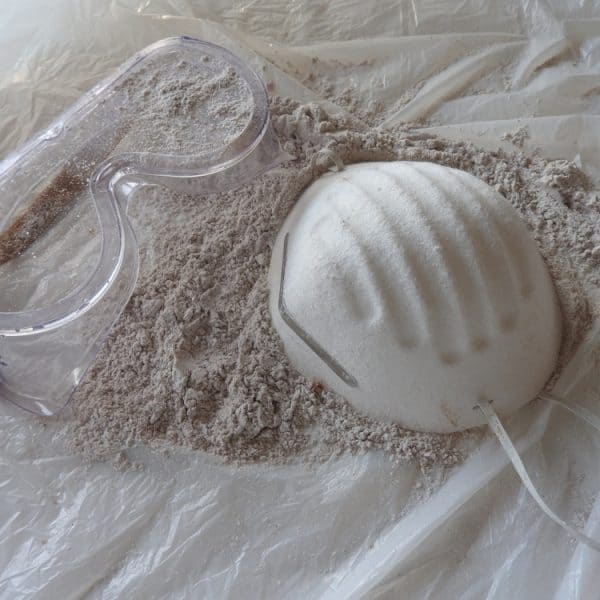Asbestosis Compensation Claims
Asbestosis is a progressive crippling respiratory disease that was first found in naval shipyard workers. It is caused by inhalation of asbestos fibres and usually strikes workers in the shipbuilding / ship repairing, textile, cement and insulating industries.
Serious asbestosis is usually caused by heavy exposure to large quantities of asbestos fibres. Either a sustained exposure over a period of years (e.g. a long time worker at an asbestos textile plant) and/or intense exposure for a shorter period (e.g. a worker in the boiler or engine rooms of ships under construction.) The specific type of asbestos fibre to which the worker was exposed does not seem to be significant in the development of asbestosis.





